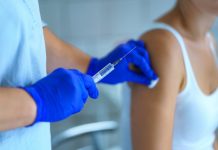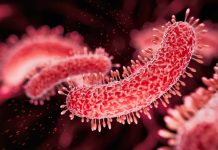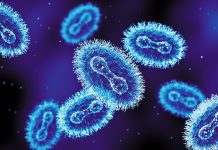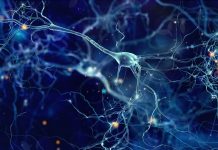Lund University presents five different diabetes subgroups and the genetic differences between the four subgroups relating to type 2 diabetes
Swedish and Indian research highlights not only the similarities between type 2 diabetes patient groups in India and Europe but the differences too – and the results are fascinating.
In India, type 2 diabetes is a growing concern, and so the insights gained from this study are vital for understanding and improving the treatment of the disease in India.
‘An exciting new step towards a better understanding of the development of type 2 diabetes in India’
“The study highlights genetic similarities and differences between different forms of type 2 diabetes in India and Europe.
“We see this article as an exciting new step towards a better understanding of the development of type 2 diabetes in India.
“The characteristics of all the subgroups reflected those seen in European people with diabetes. We could also confirm our previous findings that have shown that a certain form of type 2 diabetes that is characterised by relatively low BMI is the most common form of the disease in India”, explains Rashmi Prasad, associate professor in genomics, diabetes, and endocrinology at Lund University.
What are the five subgroups of type 2 diabetes?
The five subgroups of type 2 diabetes are the following:
- SAID (severe autoimmune diabetes)
- SIDD (severe insulin-deficient diabetes)
- SIRD (severe insulin-resistant diabetes)
- MOD (mild obesity-related diabetes)
- MARD (mild age-related diabetes)
SAID (severe autoimmune diabetes)
SAID is traditionally referred to as patients with type 1 diabetes and latent autoimmune diabetes in adults (LADA). Defined by the presence of GAD autoantibodies, SAID is characterised by the following:
- Early onset
- Poor metabolic control
- Low insulin secretion
SIDD (severe insulin-deficient diabetes)
SIDD patients have a heightened risk of developing eye retinopathy and neuropathy.
SIDD is characterised by the following:
- Early onset
- Low insulin secretion
- Relatively low BMI
- Poor metabolic control
SIRD (severe insulin-resistant diabetes)
SIRD is characterised by the following:
- Late-onset
- Obesity
- Insulin resistance
- High risk of non-alcoholic fatty liver disease and diabetic kidney disease
MOD (mild obesity-related diabetes)
MOD is characterised by the following:
- Early onset
- Obesity
- Relatively mild disease in terms of the progression of hyperglycemia and complications
MARD (mild age-related diabetes)
MARD is characterised by the following:
- Late-onset diabetes
- Relatively good metabolic control
Early life undernutrition in India contributes to type 2 diabetes
The SIDD subgroup is a form of type 2 diabetes that is characterised by three main factors:
- Early onset
- Low insulin secretion
- Poor metabolic control
47% of the total participants with type 2 diabetes in the Indian study were classified as belonging to the SIDD group.
Among Swedish people, MARD, which is characterised by late onset, is the most common form of diabetes.
“Early life undernutrition in Indians may be a major contribution to early onset of type 2 diabetes, and this may be why we see this difference in the distribution of patients between Sweden and India.
“The knowledge may be used to prevent the disease in India, which has the second highest number of diabetes worldwide after China.
“Our findings suggests that efforts to prevent malnutrition in Indians may also prevent type 2 diabetes”, says Rashmi Prasad, who is originally from India.
Vitamin B12 deficiency is common in Indian people
In India, the second largest subgroup is MOD.
This group is characterised by obesity, early onset, and a relatively mild disease progression.
Interestingly, the Indian MOD group had genetic variants for vitamin B12 deficiency. However, this was not visible in the Swedish group of people in the MOD group.
As Vitamin B12 is obtained from animal foods, such as meat and dairy products, the deficiency is common in India, where a large percentage of the population is vegetarian.
“It’s an interesting example of genetic differences between the Indian and Swedish groups in our study. This finding suggests that the causes of the disease differ between the two populations. Vitamin B12 deficiency may be a factor that drives the disease in the Indian MOD group”, says Rashmi Prasad, who is originally from India.
In the future, the research team hopes to carry out a large-scale study to discover more about the characteristics of type 2 diabetes in India.
‘Since ancient times physicians have experienced the heterogeneity of diabetes’
Chittaranjan S Yajnik, medical doctor and director of the diabetes unit at KEM Hospital, concludes: “Since ancient times physicians have experienced the heterogeneity of diabetes, and our systematic classification may help individualise the treatment and improve outcomes.
“Type 2 diabetes is a rapidly growing disease burden in India, and many Indians are being diagnosed at a younger age than before. Research like ours will help tackle the causes of the disease and is a step towards prevention”.








